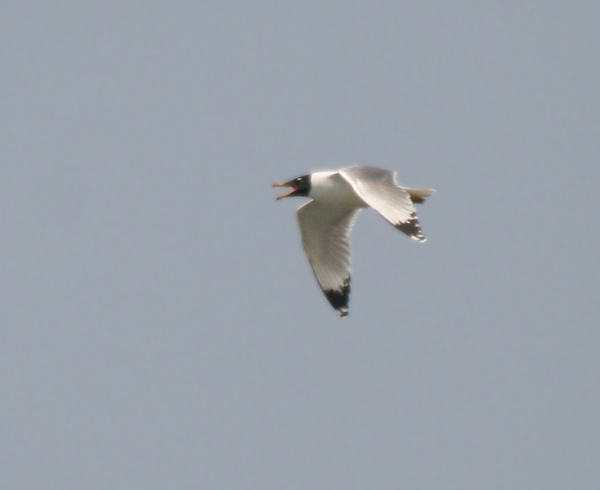Facts About Pallas's gull
Pallas's gull, also known as the great black-headed gull, is a sizable bird species belonging to the genus Larus. Its scientific name, "Ichthyaetus" originates from Ancient Greek and translates to "fish eagle." These birds breed in colonies situated in marshes and on islands extending from southern Russia to Mongolia. As winter approaches, they migrate to warmer regions such as the eastern Mediterranean, Arabia, and India. During the breeding season, they nest on the ground and typically lay two to four eggs.
Although Pallas's gull is rarely seen in western Europe, it occasionally appears as a vagrant. It is also sighted sporadically in regions south of its usual range, including the Indian Ocean and the northern and eastern coasts of Africa. Regarded as the world's largest black-headed gull and the third-largest gull species overall, this bird has a wingspan ranging from 142 to 170 cm and weighs between 0.96 to 2.1 kg. Adult Pallas's gulls are easily identifiable by their black hoods, grey wings and backs, white wing tip "mirrors" yellow legs, and orange-yellow bills with red tips. Young gulls take about four years to reach maturity, gradually developing grey upperparts.
Pallas's gulls are renowned for their deep, nasal flight call but are mostly silent during the breeding season. These predatory birds have a diet consisting of fish, crustaceans, insects, and small mammals. The species is protected under the Agreement on the Conservation of African-Eurasian Migratory Waterbirds (AEWA).

 Georgia
Georgia